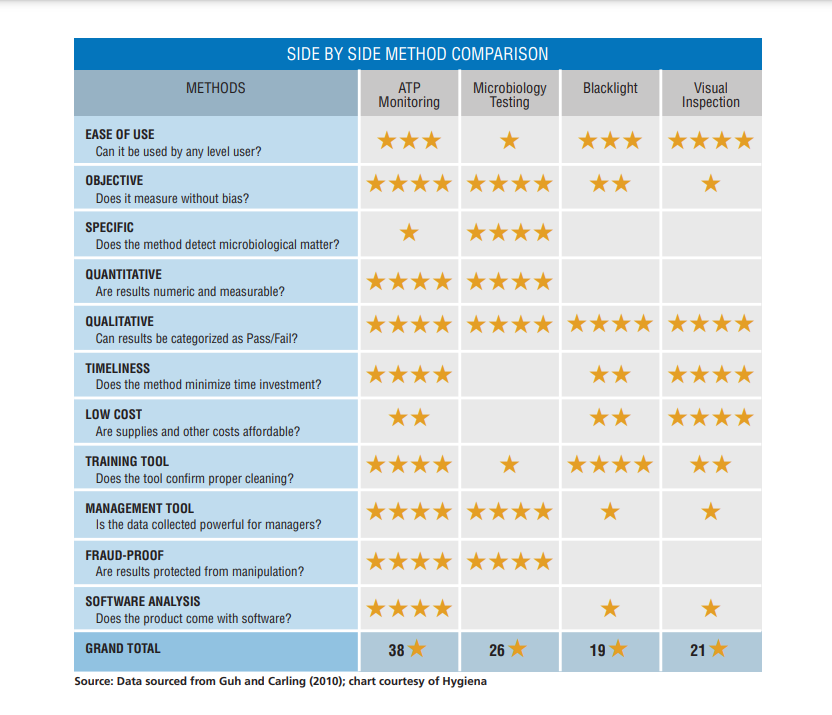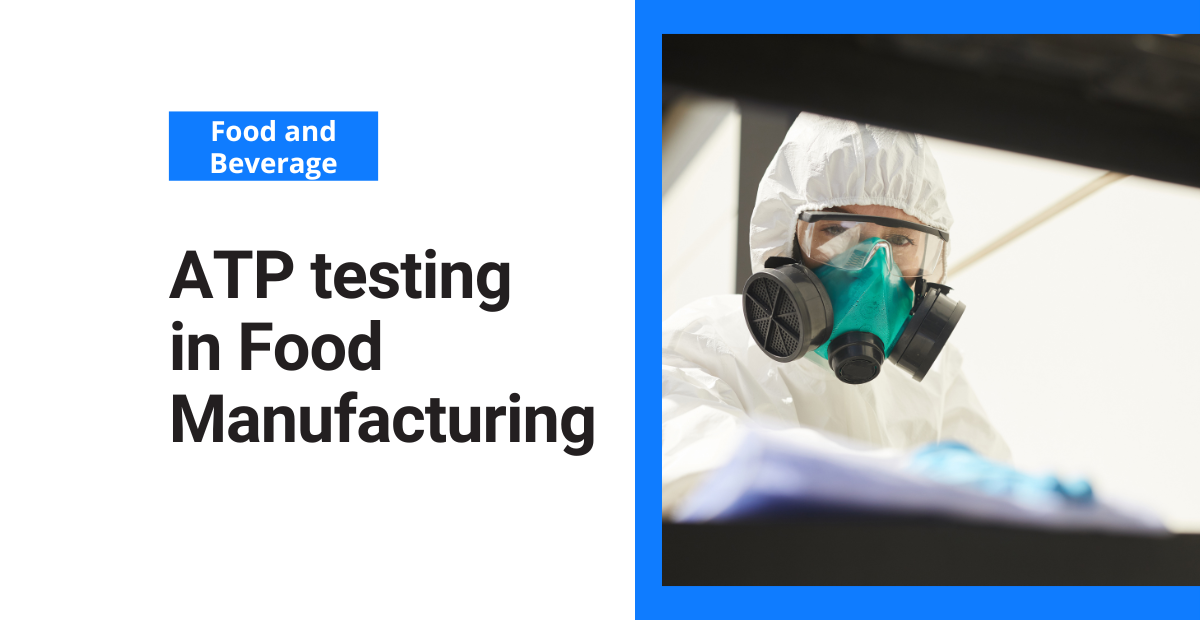Food recalls and foodborne illnesses are serious concerns for food manufacturers. For instance, the grappling baby formula shortage that hit the US in February of 2022 and lasted for months, is living proof of how a bacterium such as Cronobacter sakazakii can be deadly.
That’s why it’s important to implement ATP testing in your facility. ATP or adenosine triphosphate is a molecule found in all living or once-living cells. Even if you have cleaned and sanitized your work area or production facility, can you be sure that a visual inspection is enough?
What is ATP testing?
ATP is an essential component of all cells and is produced through chemical reactions that take place inside cells. ADP molecules combine with phosphate ions during these chemical reactions to form ATP molecules. These ATP molecules are then used for energy storage within cells so that they can perform different functions like muscle contraction or cellular respiration.
It works by measuring the amount of ATP present in a product or surface. Low RLU (Relative light unit) present means there are little to no living microorganisms in the tested area. The test is also able to detect food residues, which can be dangerous as it helps surviving organisms grow.
Testing is done by using a device called an ATP meter or handheld ATP tester. The meter shines a light on the surface of a product and measures how much light comes back. If there is more light than should be present, it means that there are bacteria present on the surface. A high reading indicates that the product or surface needs to be cleaned again.
It is important to note that in the baby formula shortage we previously mentioned, the pathogens were said to have been found in non-food-contact surfaces. Zones 1, and 2 did not contain the bacterium. This is critical because even bacteria or other microorganisms in non-food-contact surfaces can lead to foodborne illnesses, and should be tested.
Benefits of ATP testing
ATP testing is also used for pharmaceuticals, cosmetics, medical devices, and other products that come into contact with humans. Using ATP testing in your facility can have many benefits. The most important ones are ensuring that your facility and food are sanitary, and making sure your brand image is protected by providing quality products.
Here’s a comparison of ATP testing versus other methods that you might consider:

Ensuring food safety
The biggest benefit of the test is that it gives immediate results. This means you can quickly take corrective action and optimize your cleaning frequency according to the test results. This can eliminate the need for harsh sanitation chemicals and labor-intensive cleaning. You can save time and money by ensuring food safety and avoiding delayed production and recalls.
Protecting your brand
There’s no need to go into how foodborne illness associated with your product can lead to a catastrophe both for you and your customers. This is a no-brainer. ATP testing can help your product stay on the shelf longer and prevent health violations that can hurt your brand. A facility that effectively uses ATP testing is likely to perform better in an audit or inspection. It also helps build trust and strong relationships among clients and other 3rd parties.



